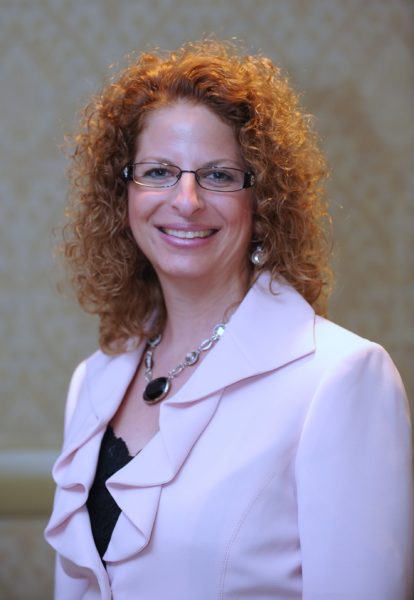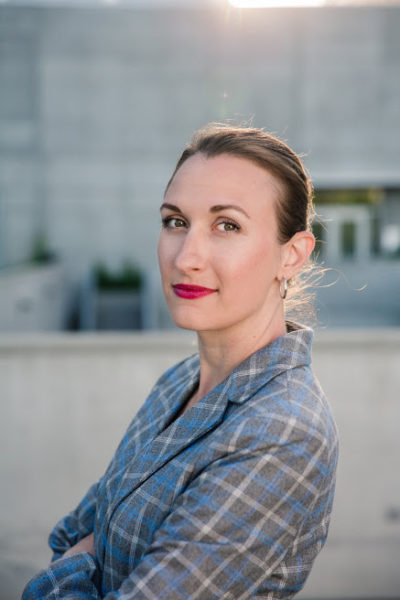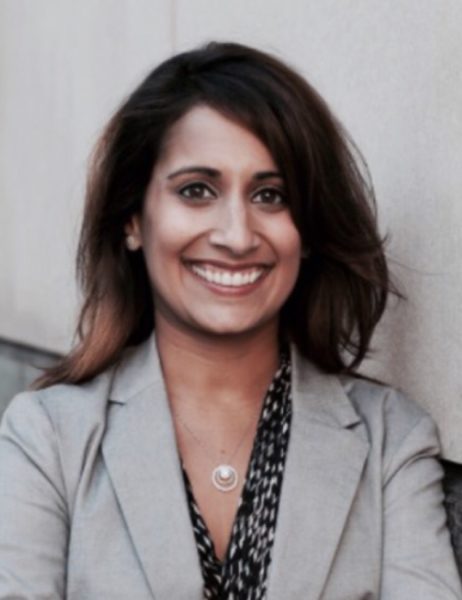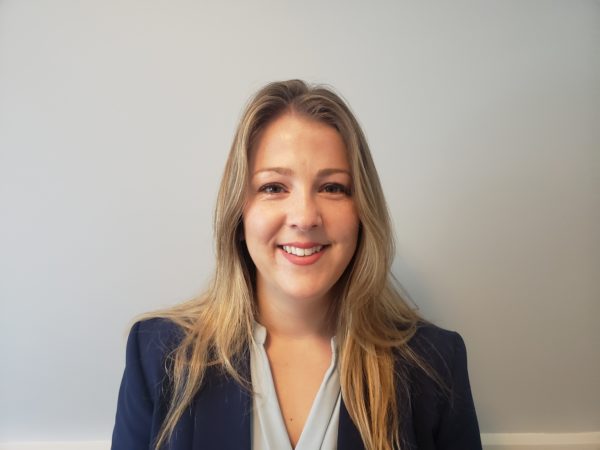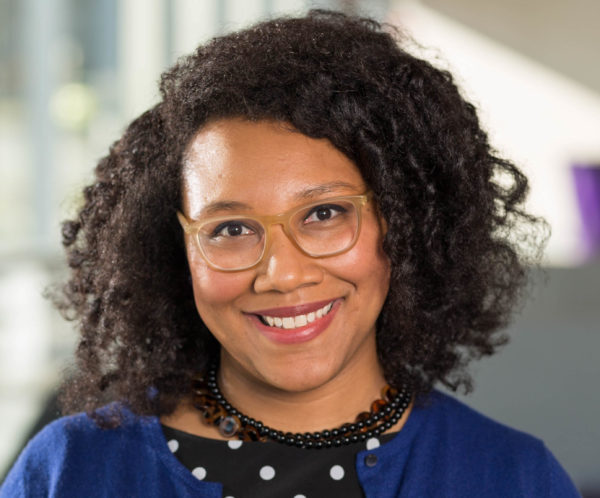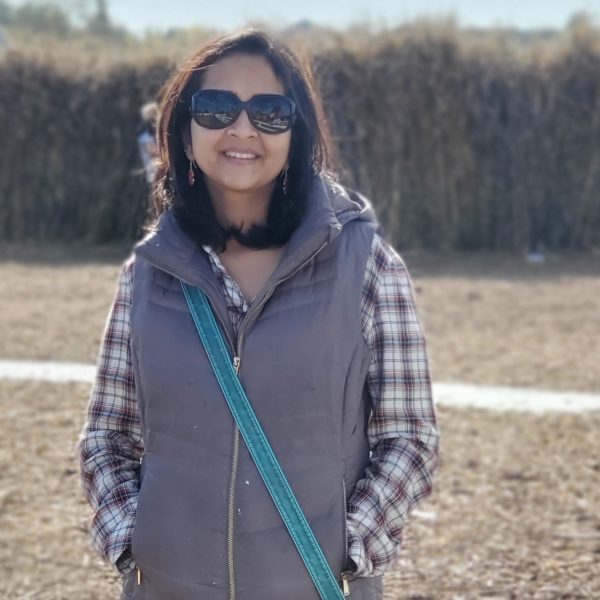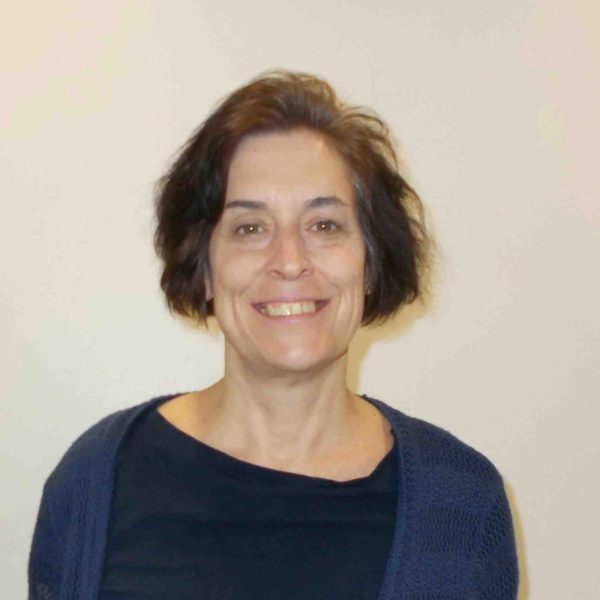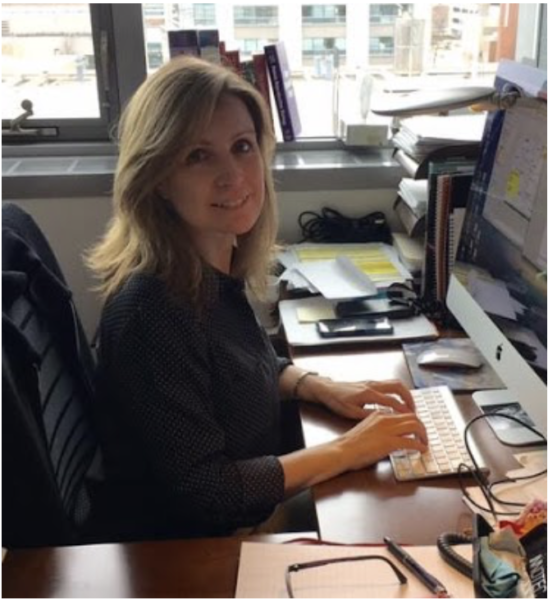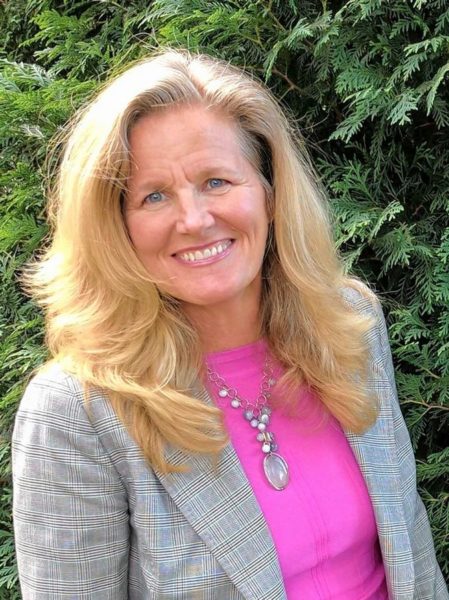
by J. K. Wenderott
When asked about her career path, Laura Ellman, current Illinois State Senator representing District 21, expressed she has been “driven by curiosity.” These are words Ellman has taken to heart as she has followed her interests though an education in math and statistics to jobs at manufacturing and engineering companies to working as an assessor at Argonne National Laboratory to politics. Her advice: “If you’re curious, do it.”
Ellman attended Grinnell College in Grinnell, Iowa, for her bachelor’s degree where she majored in Math. She then completed her master’s degree in Applied Statistics at the University of Iowa, carpooling there daily with two other women: one working toward her master’s in Library Science and another getting her PhD in Classics. Research assistantships led her to a career in manufacturing and engineering where she worked at several companies including Alcoa, Molex, and Phonak on a variety of end products from Post-it notes and connectors to hearing aids and circuit boards. In her varied positions, she used data to prioritize and understand problems. Along the way, she became familiar with the engineering design process and using and experimenting on different types of materials.
These experiences are only pieces of the rich tapestry that is Ellman’s journey. There are mentions of side jobs; she taught math at a culinary and hospitality institute in Chicago and repaired clarinets. What to many are transitory thoughts, Ellman turns into realities. Her description of her foray into politics is as fantastic as it is simple. Every now and then, she mentioned, the thought “I should run for office” would come by. She did not have prior experience in politics, but she was aware of the data and the potential. In 2016, after sifting through data from past elections in her district, Ellman seized on the opportunity to run for the Illinois State Senate. She was sworn in early 2019. Her new position offered much to learn and to appreciate. “Things were moving. It was exhilarating – not only the speed at which things were happening, but the speed at which things were coming at me.” Her vast experiences have benefited her in a role that involves such an array of people and topics. “To meet people that are so passionate about their particular topic is a blessing – to be exposed to it and learn from them is a joy.”
Her experiences in industry and exposure to different technologies have informed her work at the Statehouse. “Having an appreciation for innovation and investment in innovation and new technologies – I think it can lend itself to better policy.” Ellman sees her policy work pushing to meet three major challenges: creating equity, building a strong and thriving middle class, and promoting our future. “If we don’t engage and build and educate every brain that’s out there, then we are doing ourselves and our children a disservice.” Related specifically to equity in STEM, Ellman said it is important to “to remove barriers to learning and advancing STEM for everybody, particularly marginalized and underrepresented populations.” Though 2020 brought with it many challenges, Ellman is focused to “become the best Senator I can be.”
The message Ellman has for those interested in politics? “I recommend running for office.” She also noted great need for those with STEM backgrounds to consider running. “Having more scientists and STEM people in politics would be great.” For those with STEM backgrounds considering a political future, 3.14 Action Fund provides training and resources.
Ellman grew up near Chicago and currently lives in the western suburbs. Her term in the Illinois State Senate runs through 2023. In Ellman’s free time (at least prior to the pandemic), she enjoys playing basketball, a hobby she has had for over 25 years. Learn more about Ellman’s work in the Illinois General Assembly here.

